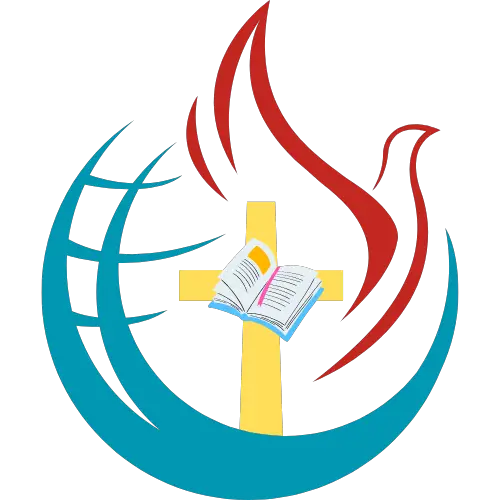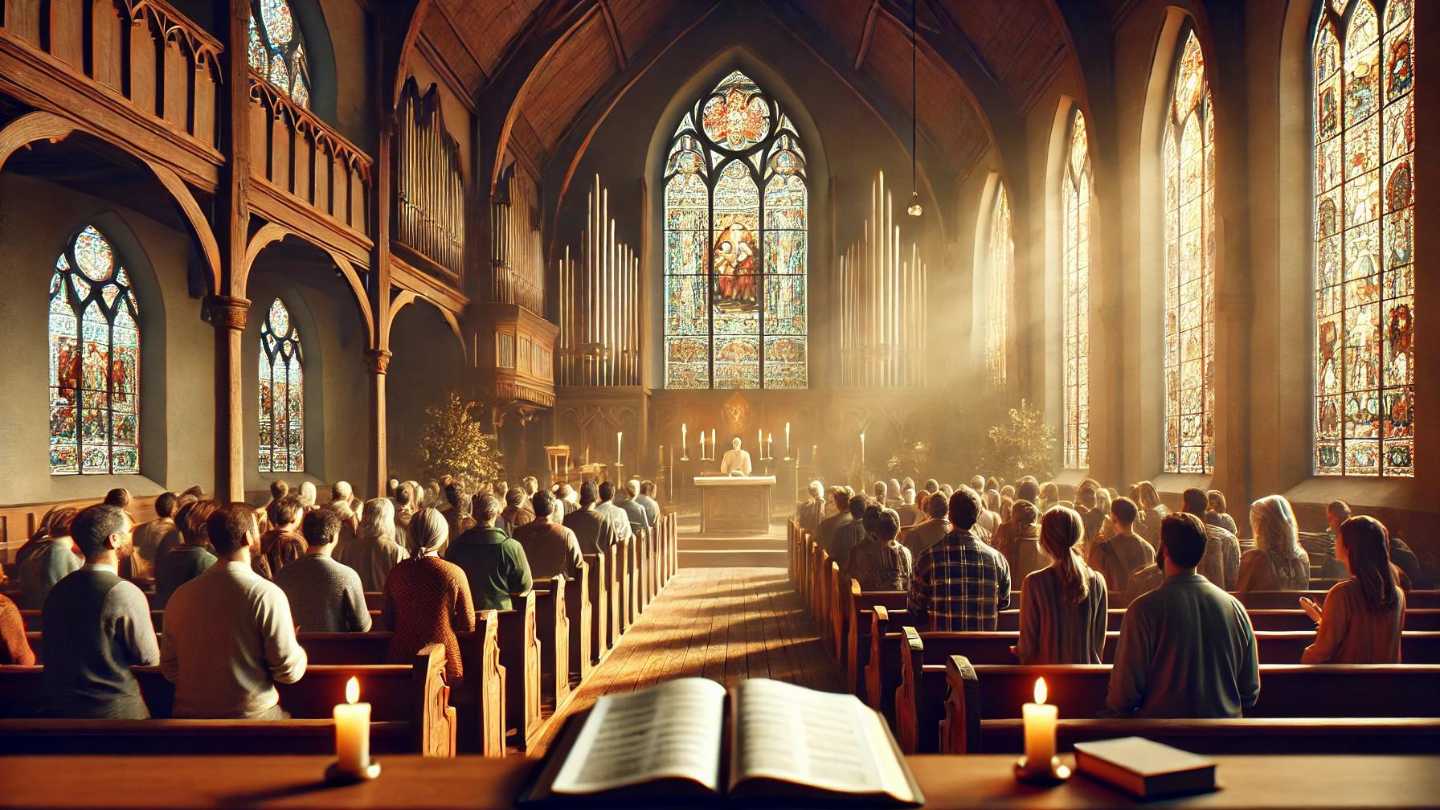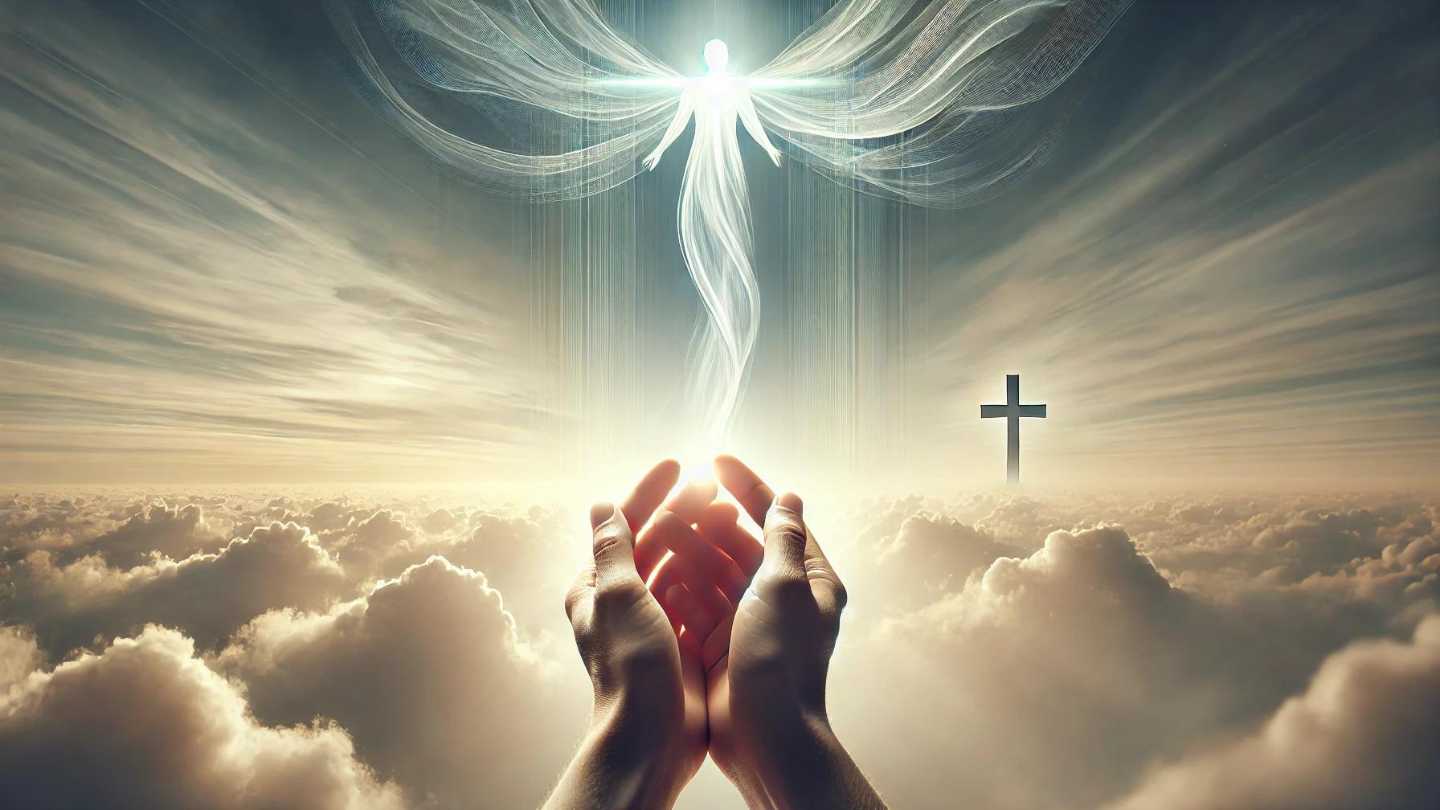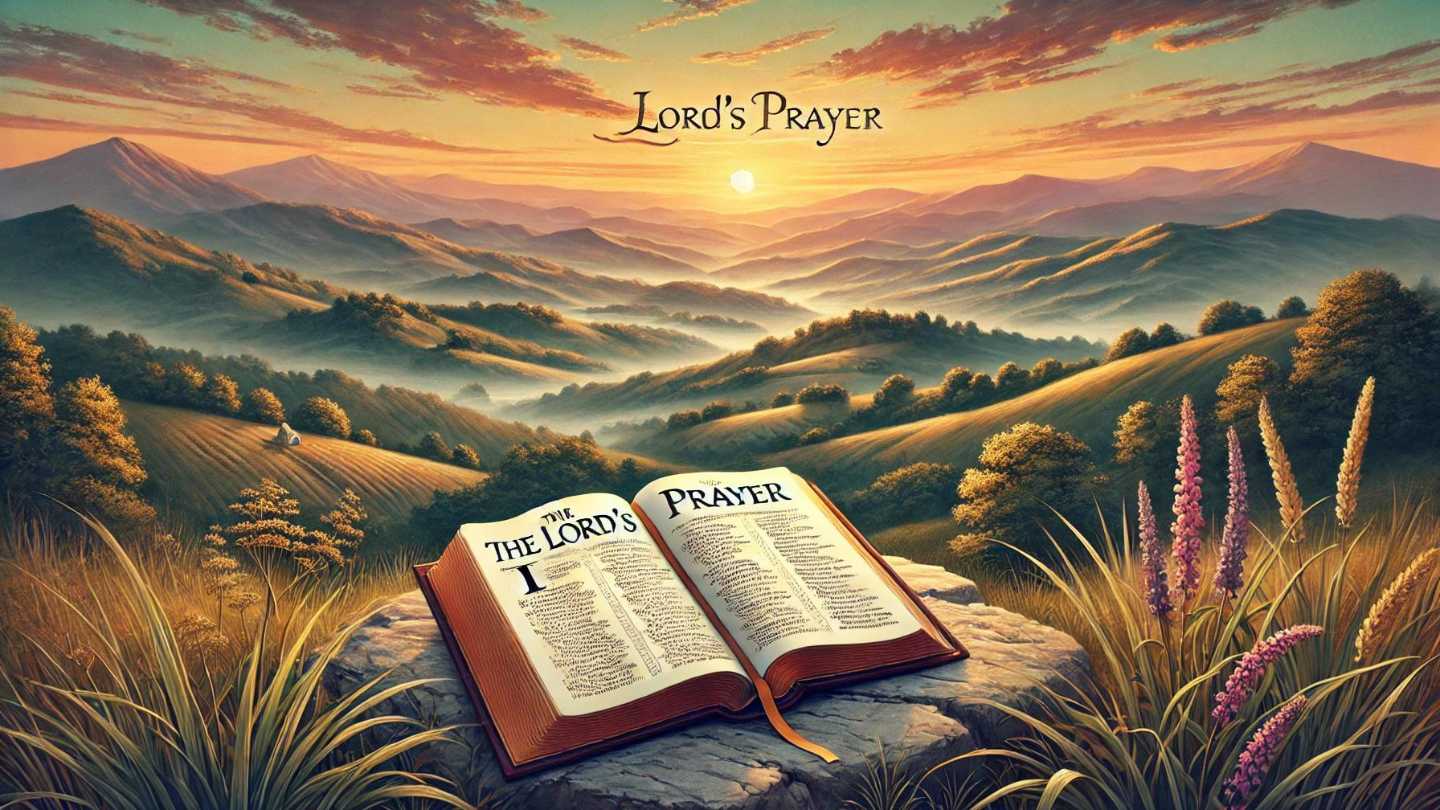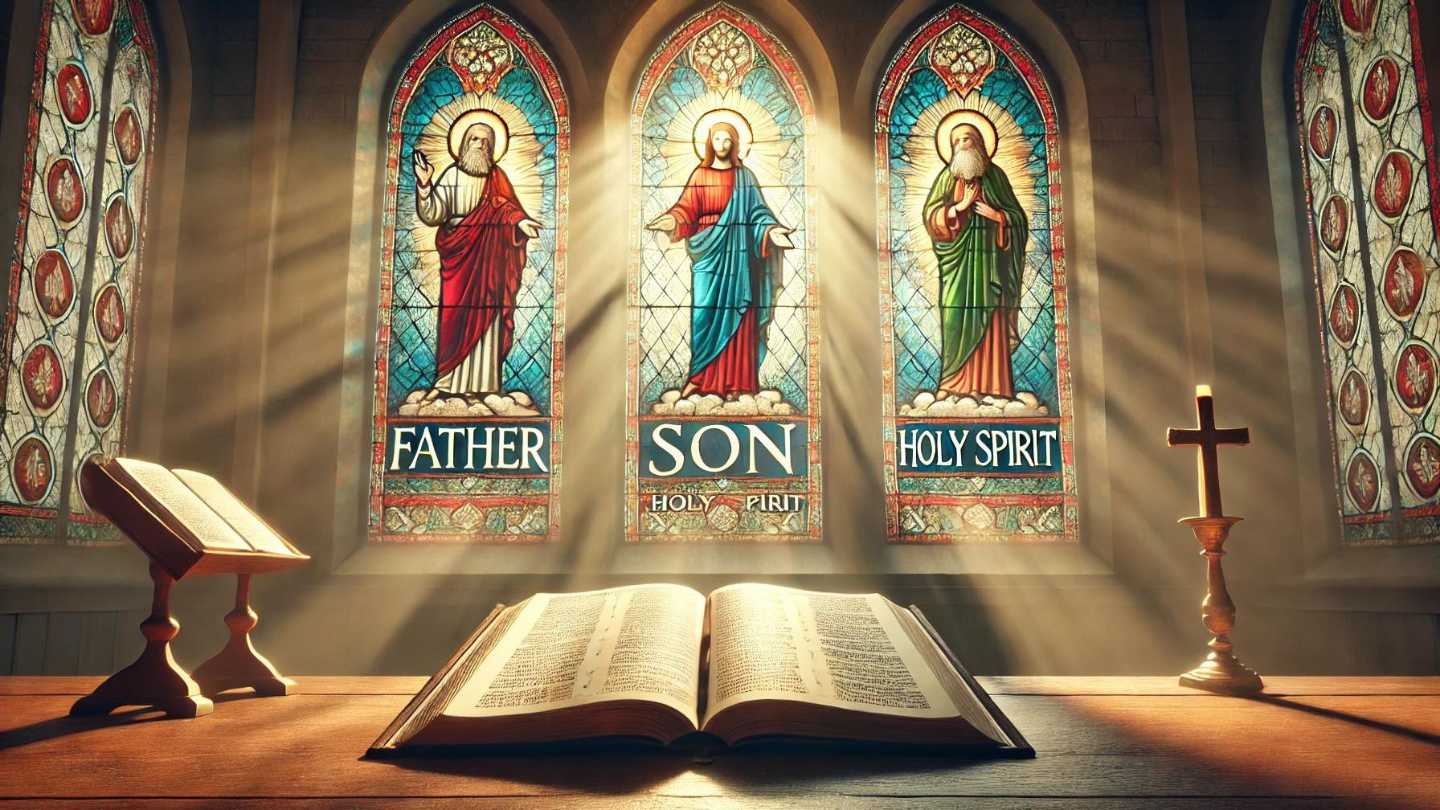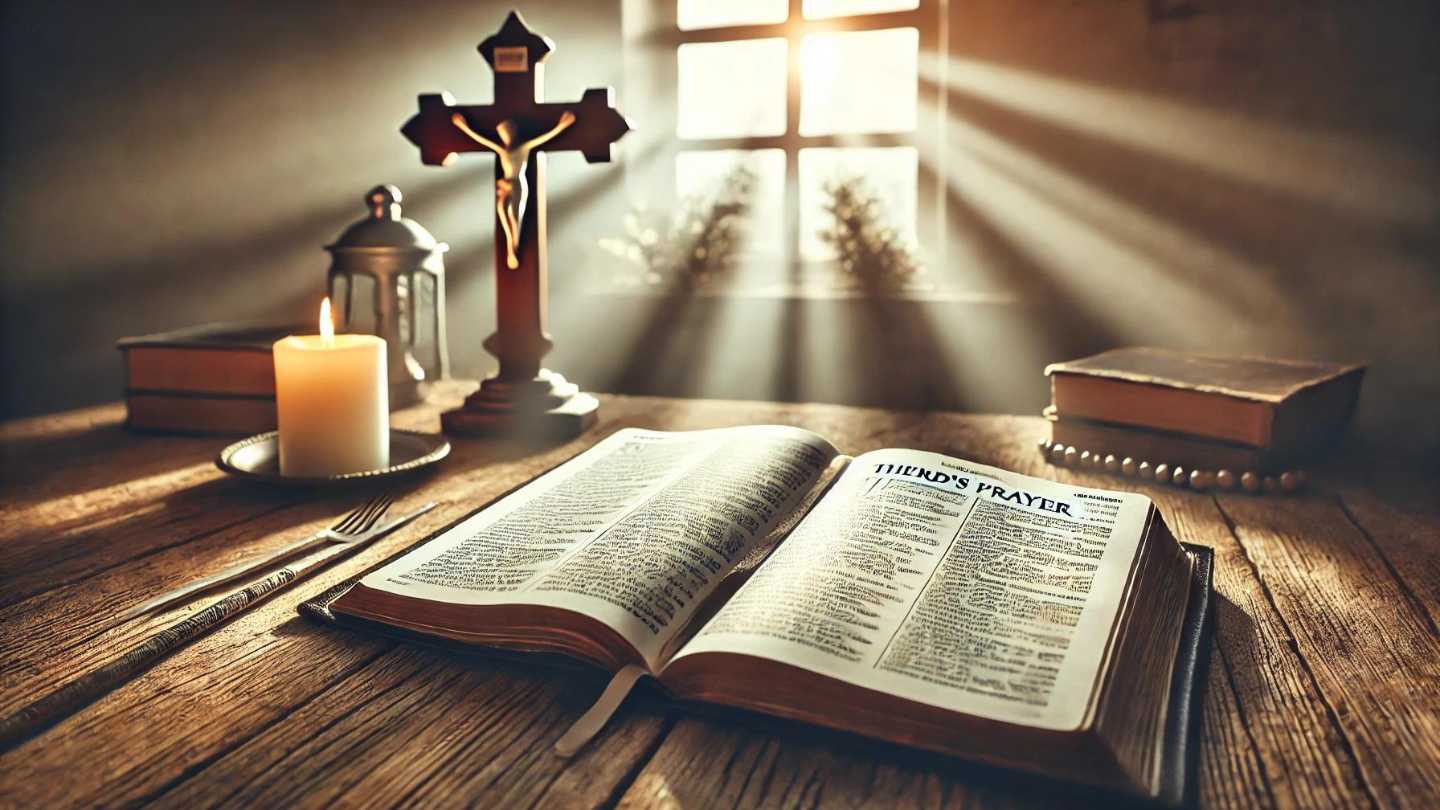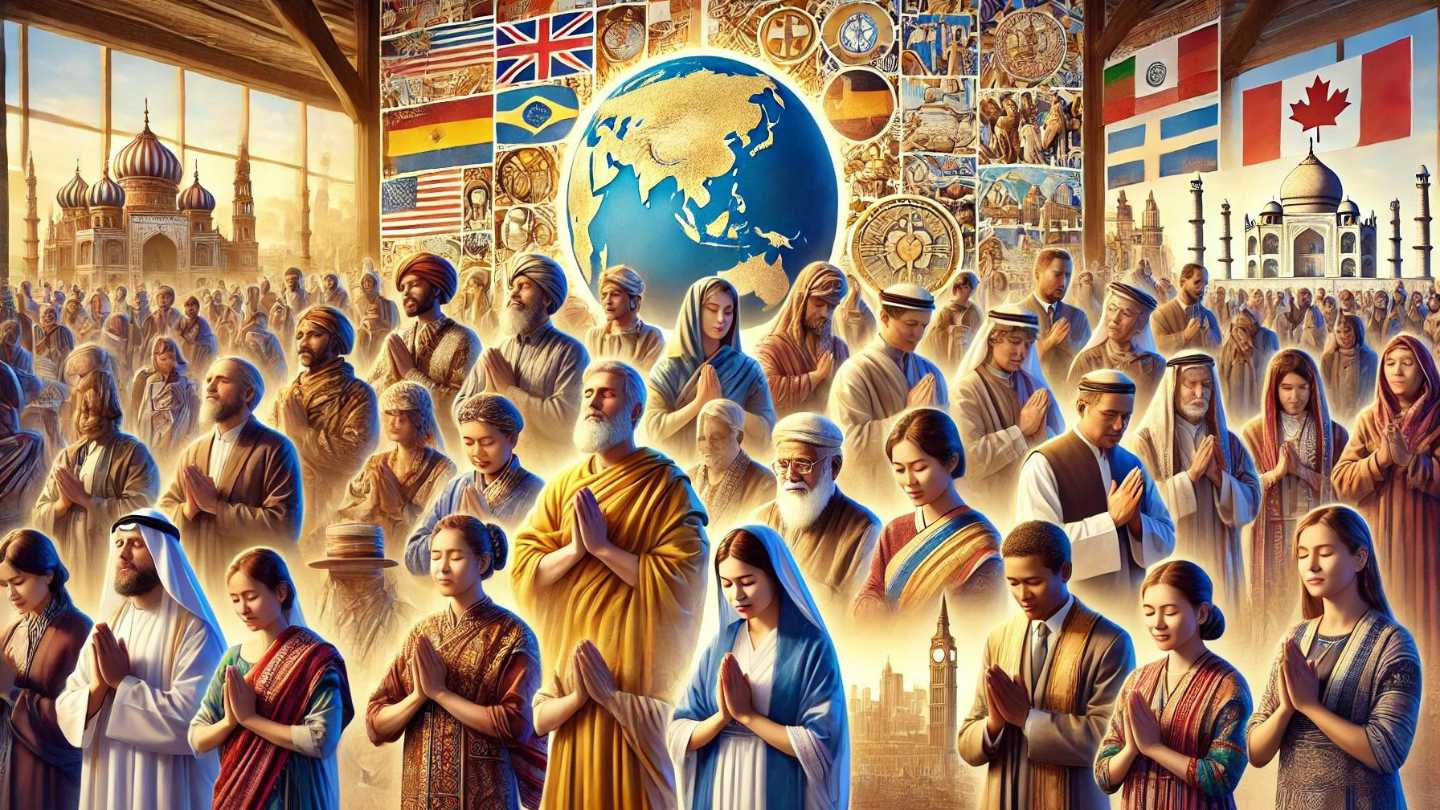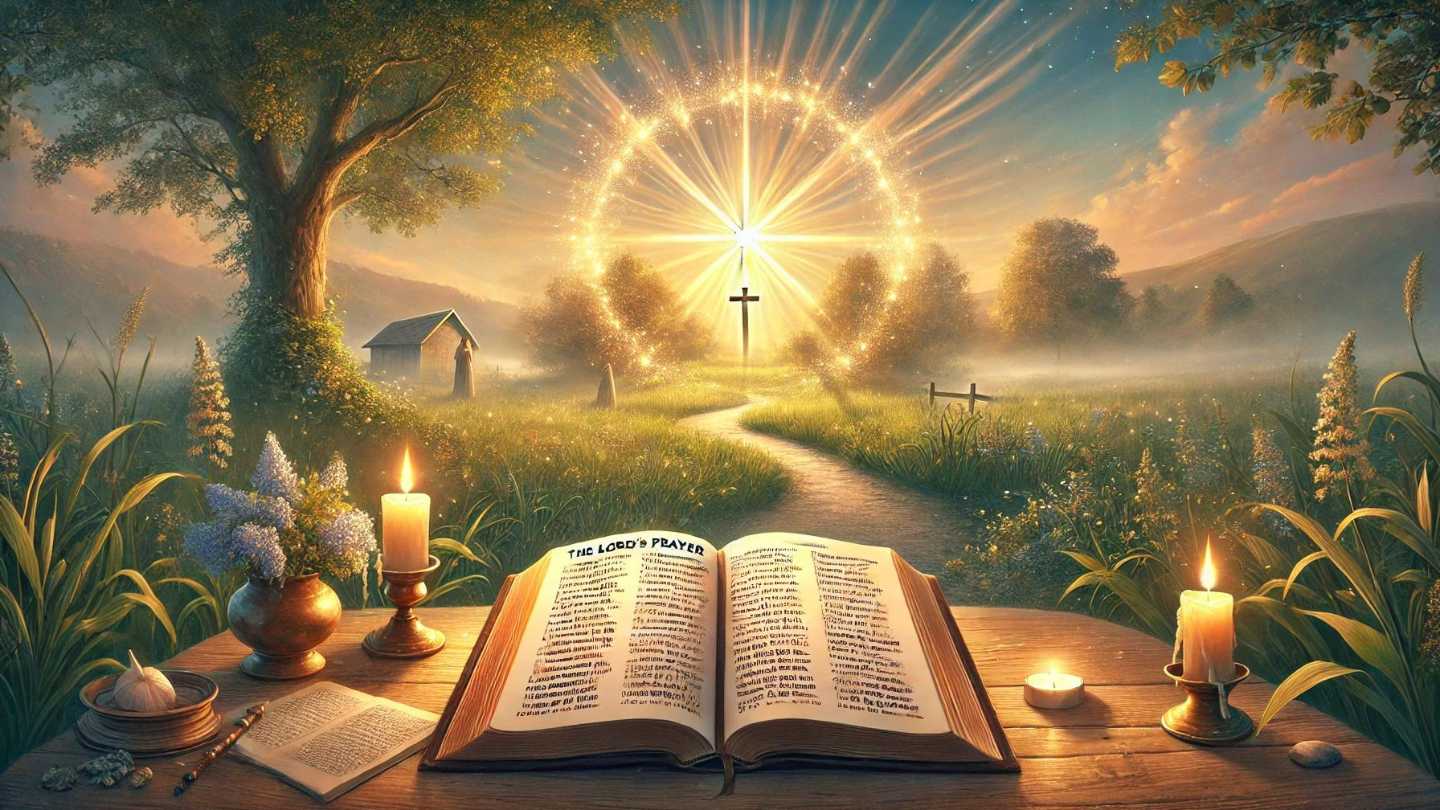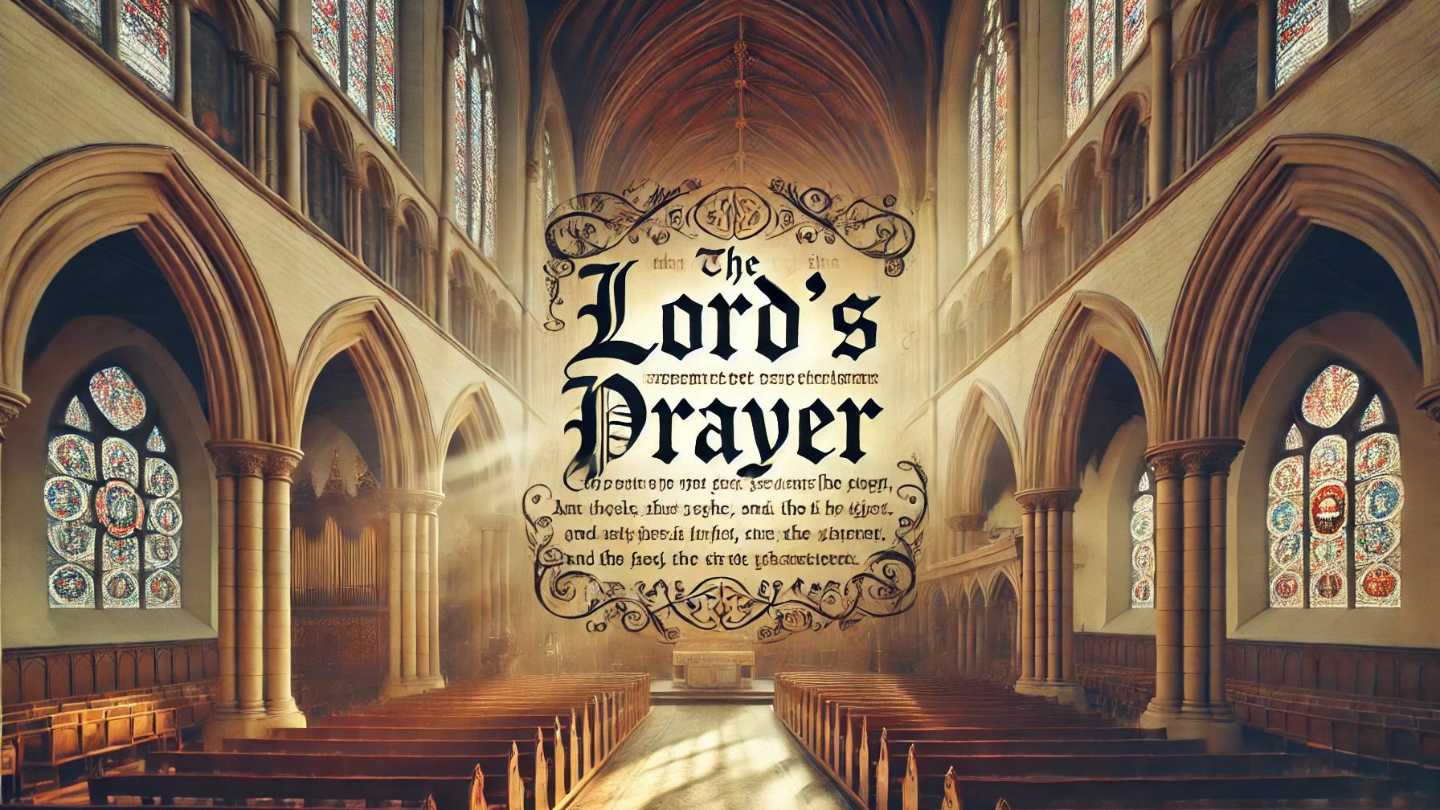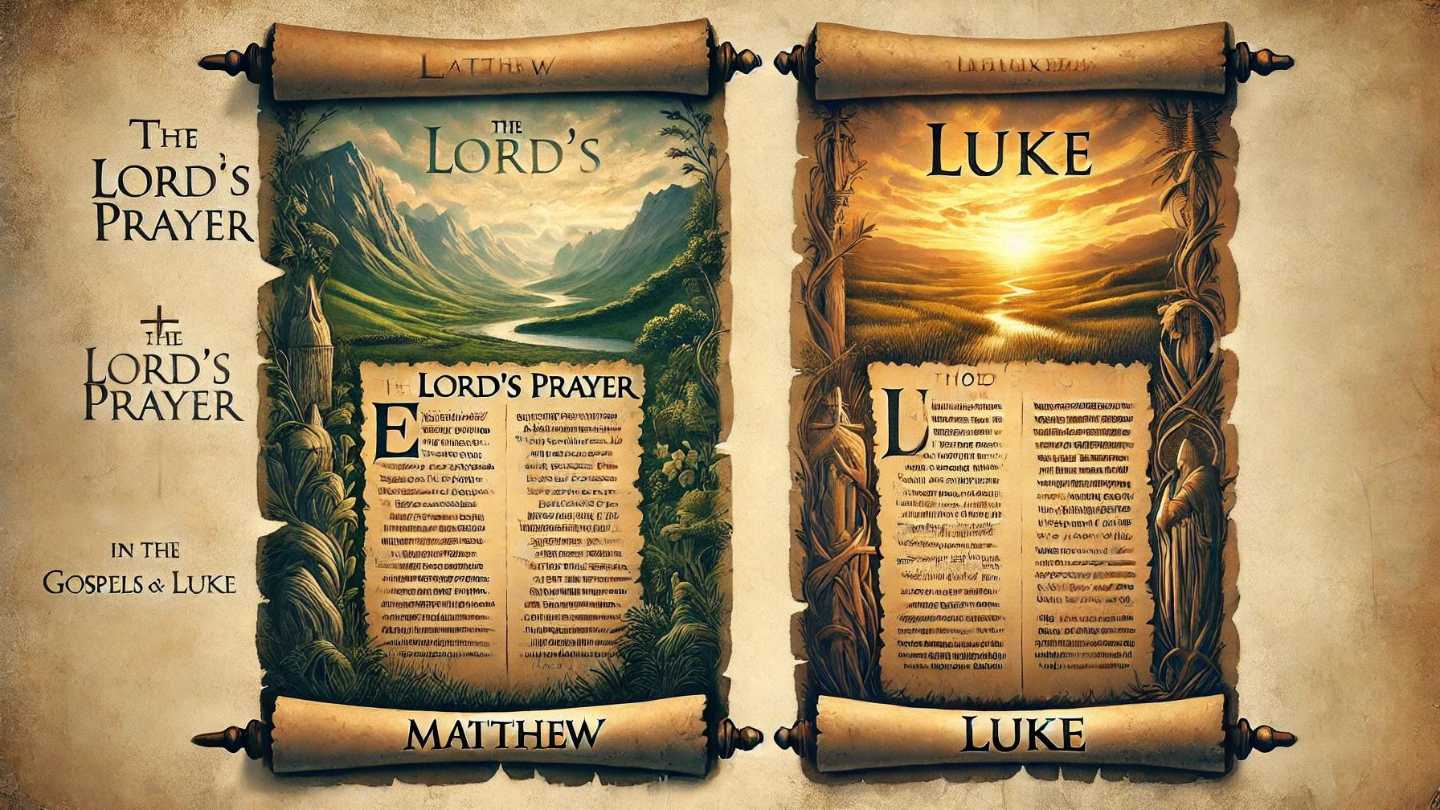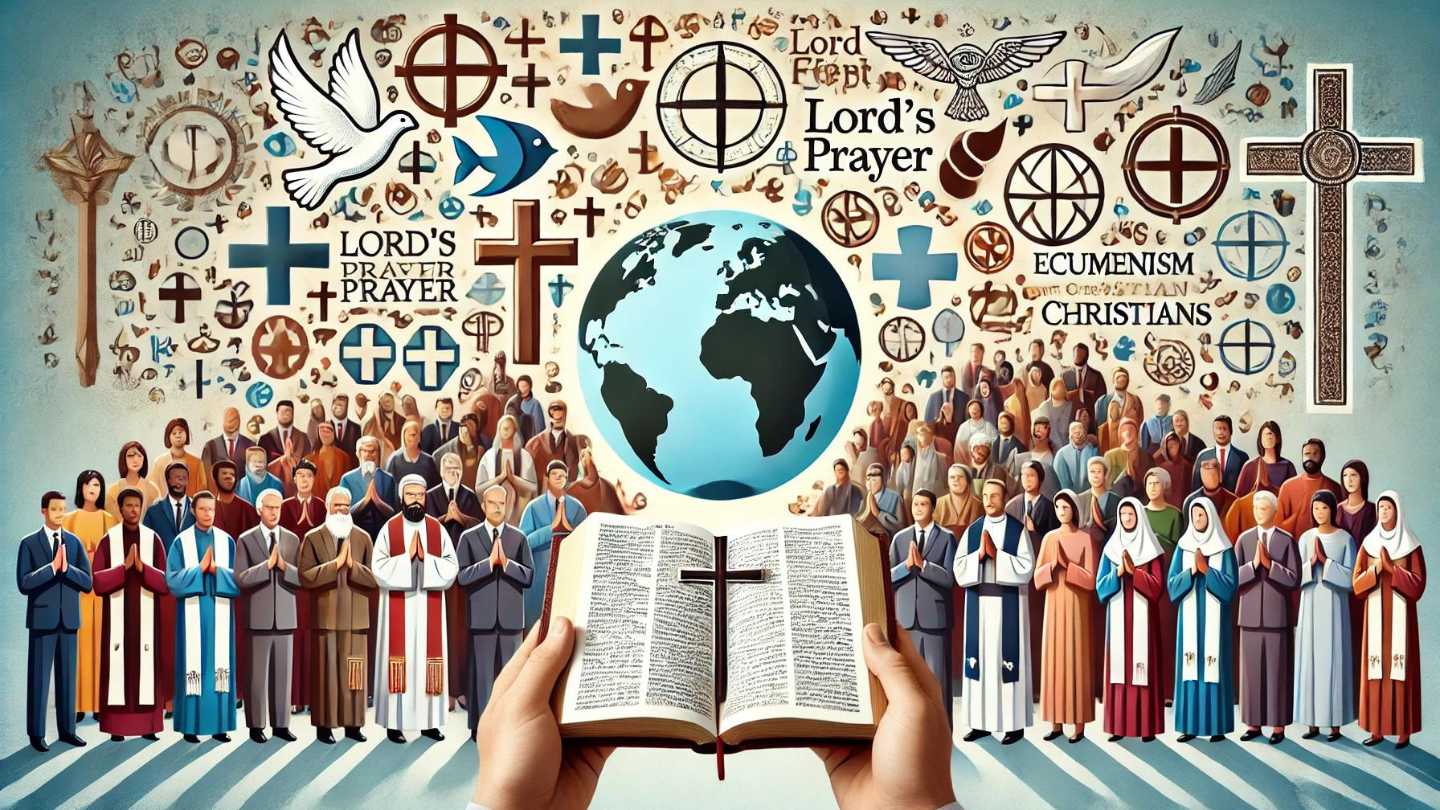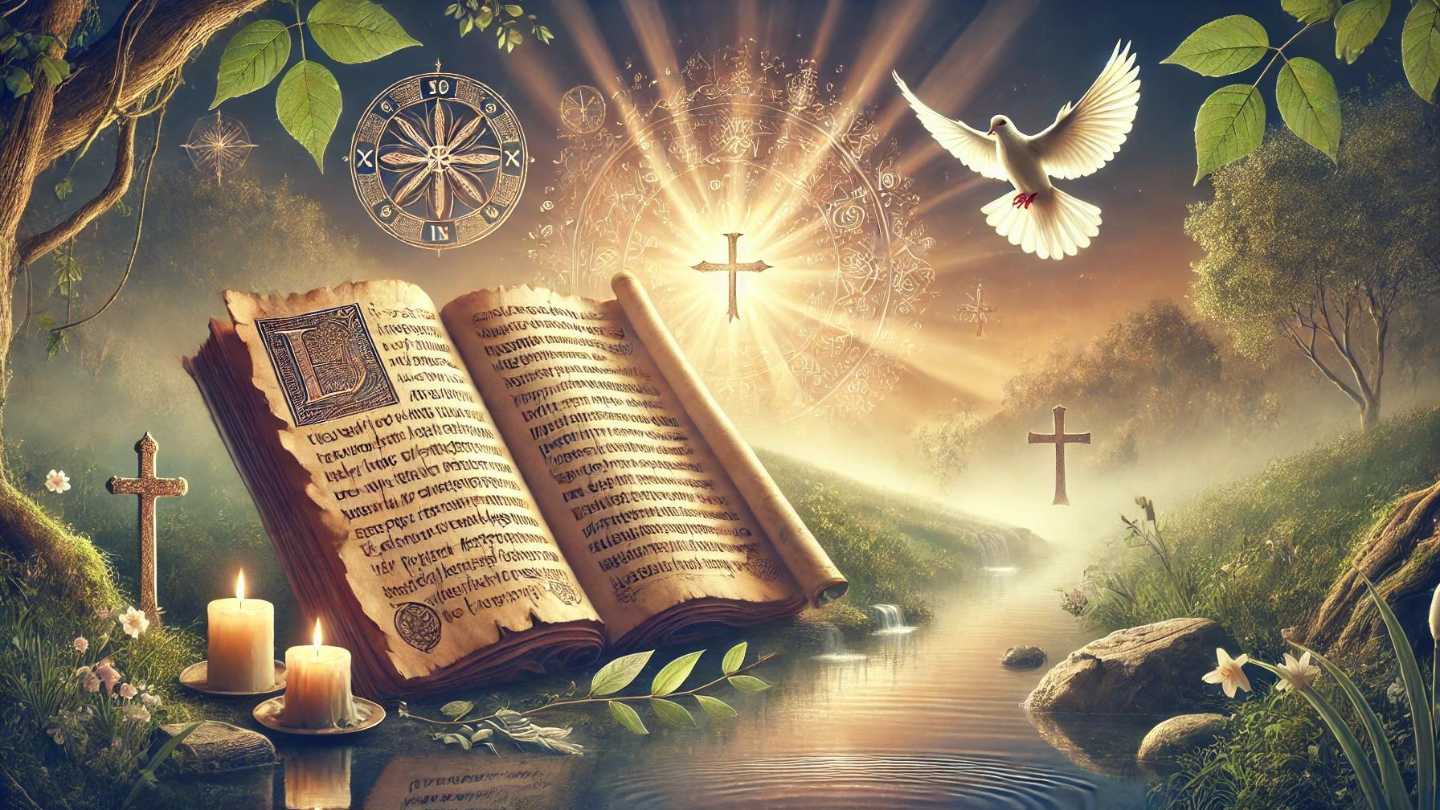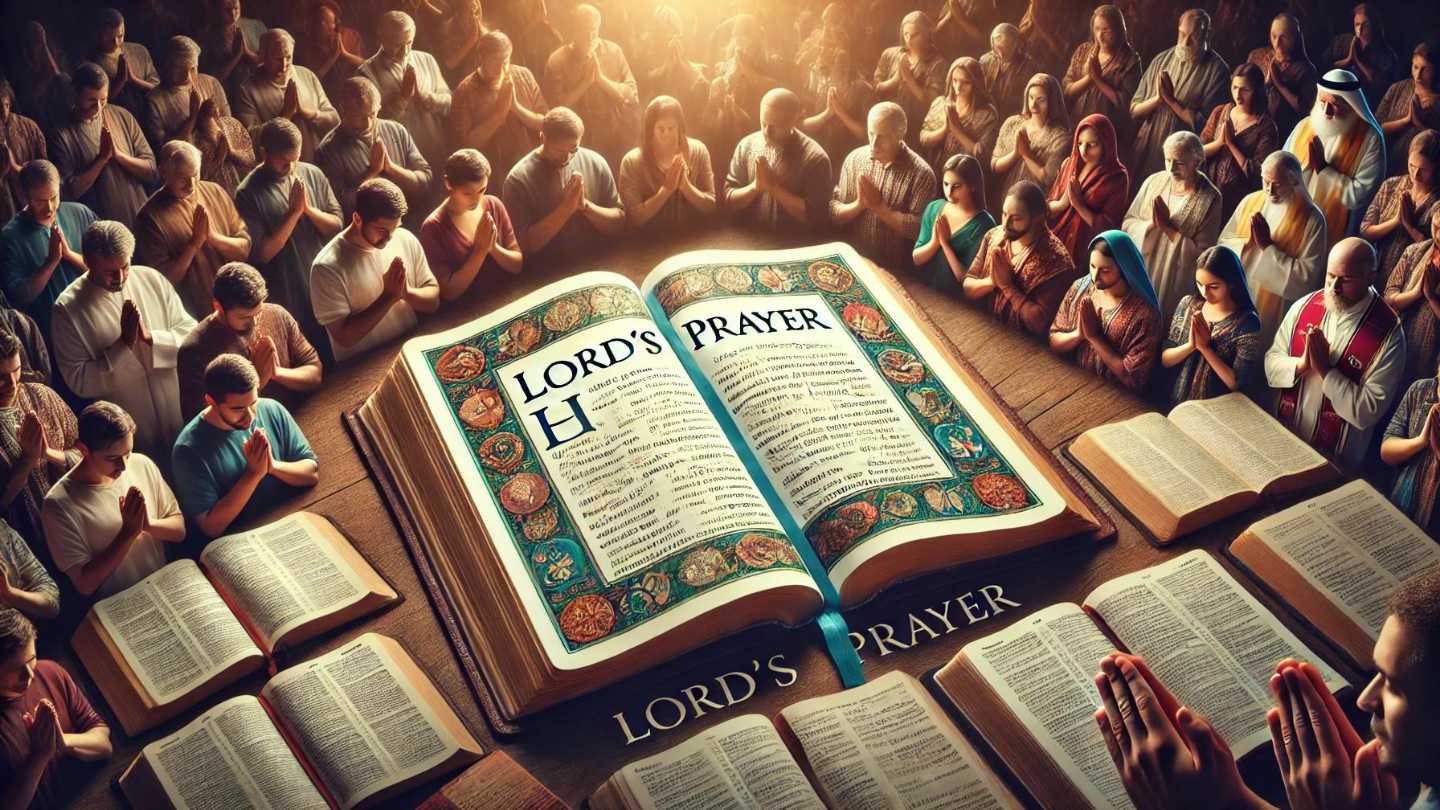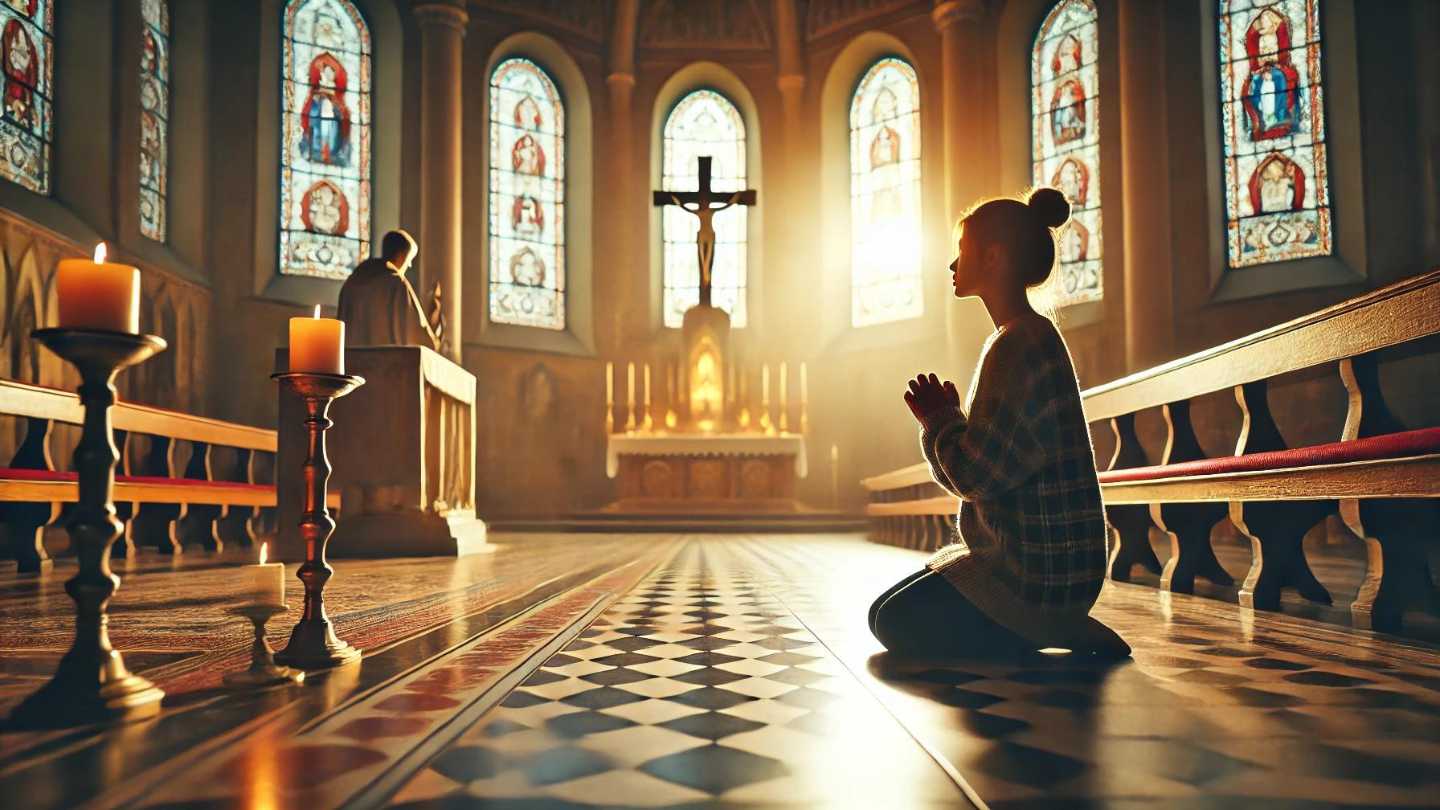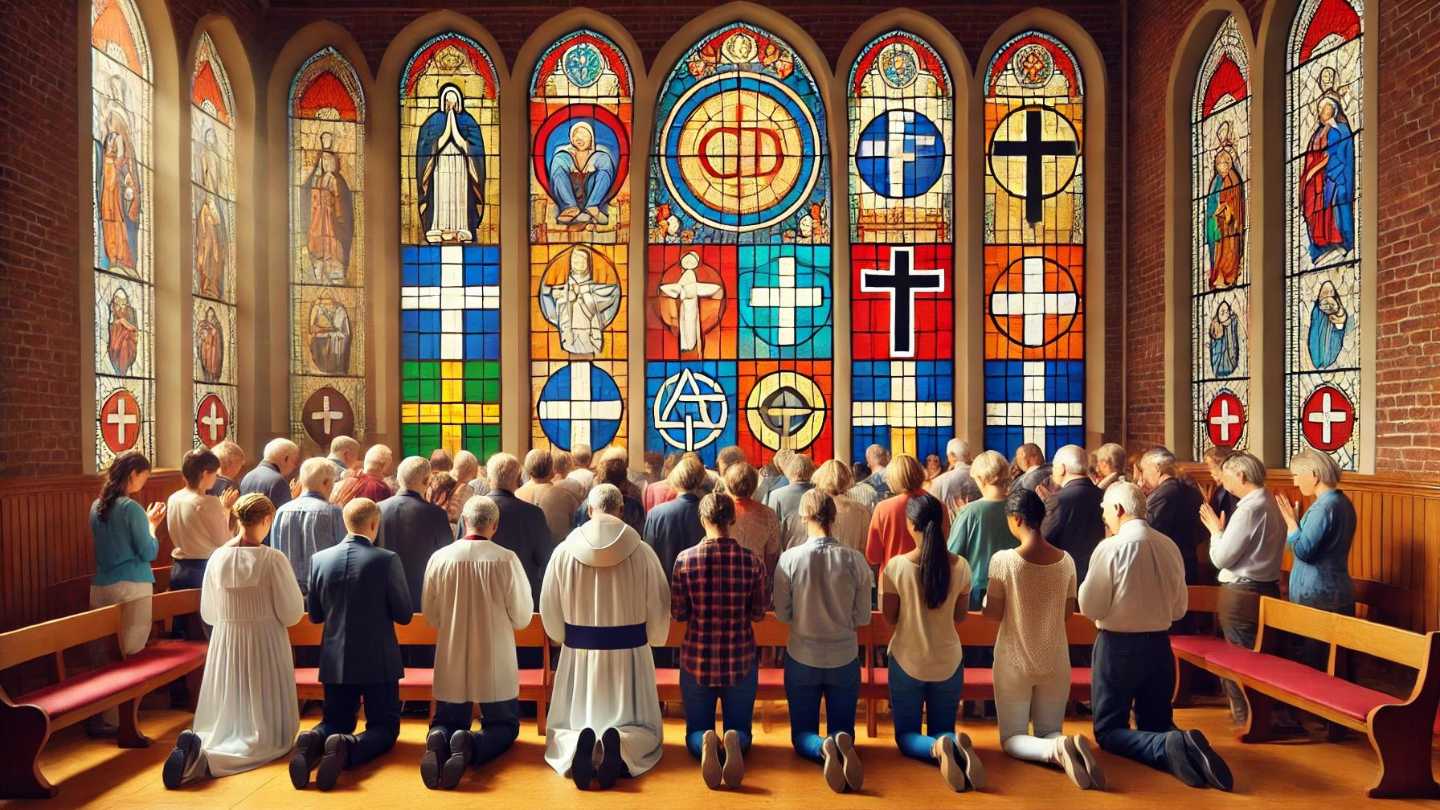The Lord’s Prayer, also known as the “Our Father,” holds a central place in Christian worship across denominations and cultures. Its use in public worship dates back to the early church and continues to be a unifying element for Christians worldwide. This article explores the practices and traditions associated with The Lord’s Prayer in public worship, highlighting its significance and the diverse ways it is integrated into religious services.
Historical Context
The Lord’s Prayer originates from the teachings of Jesus Christ, as recorded in the Gospels of Matthew (6:9-13) and Luke (11:2-4). Jesus offered this prayer as a model for how his followers should pray, emphasizing themes of reverence, dependence on God, forgiveness, and deliverance from evil. Since its inception, The Lord’s Prayer has been a fundamental component of Christian liturgy.
Liturgical Use
In many Christian denominations, The Lord’s Prayer is a standard part of the liturgy. It is often recited during Sunday services, weddings, funerals, and other significant religious ceremonies. In the Roman Catholic Church, it is included in the Mass, recited by the congregation during the Communion rite. Similarly, in the Orthodox, Anglican, and Protestant traditions, The Lord’s Prayer is an integral part of the Eucharist service and other liturgical settings.
Musical Settings
The Lord’s Prayer has inspired numerous musical compositions, ranging from Gregorian chants to contemporary worship songs. These musical settings allow congregations to sing the prayer, creating a shared spiritual experience. Composers like Albert Hay Malotte and Maurice Duruflé have crafted well-known renditions that are often performed in churches worldwide.
Cultural Adaptations
Across the globe, The Lord’s Prayer has been adapted to reflect the linguistic and cultural contexts of various Christian communities. Translated into hundreds of languages, the prayer maintains its core message while resonating with diverse congregations. These adaptations demonstrate the universal appeal and relevance of The Lord’s Prayer in different cultural settings.
Ecumenical Significance
The recitation of The Lord’s Prayer in public worship serves as a powerful symbol of Christian unity. Regardless of denominational differences, the shared practice of this prayer fosters a sense of common faith and purpose among believers. Ecumenical gatherings, where Christians from different traditions come together, often feature The Lord’s Prayer as a central element, highlighting its role in promoting unity and solidarity.
Personal and Communal Impact
For many Christians, The Lord’s Prayer is not just a formal liturgical element but a deeply personal and transformative practice. Reciting the prayer together in public worship reinforces communal bonds and provides spiritual strength. The words of the prayer offer comfort, guidance, and a reminder of God’s presence in both personal and communal life.
In summary
The Lord’s Prayer remains a cornerstone of Christian worship, embodying the essence of Jesus’ teachings and the unity of the Christian faith. Its practices and traditions in public worship reflect the prayer’s enduring significance and its ability to connect believers across time and cultures. Whether recited, sung, or contemplated, The Lord’s Prayer continues to inspire and uplift the hearts of millions, reinforcing the timeless message of faith, hope, and love.
Related Articles
Author

Alona Smith is a devoted follower of Jesus Christ who believes that life’s true purpose is found in knowing Him and making Him known. She is passionate about sharing God’s Word with clarity and compassion, helping others see the beauty of the gospel of grace revealed through the Apostle Paul.
Grounded in Scripture and led by the Spirit, Alona seeks to live out her faith in practical ways—showing kindness, extending forgiveness, and walking in love. Whether serving in her local church, encouraging a friend in need, or simply living as a light in her community, she strives to reflect Christ in both word and deed.
